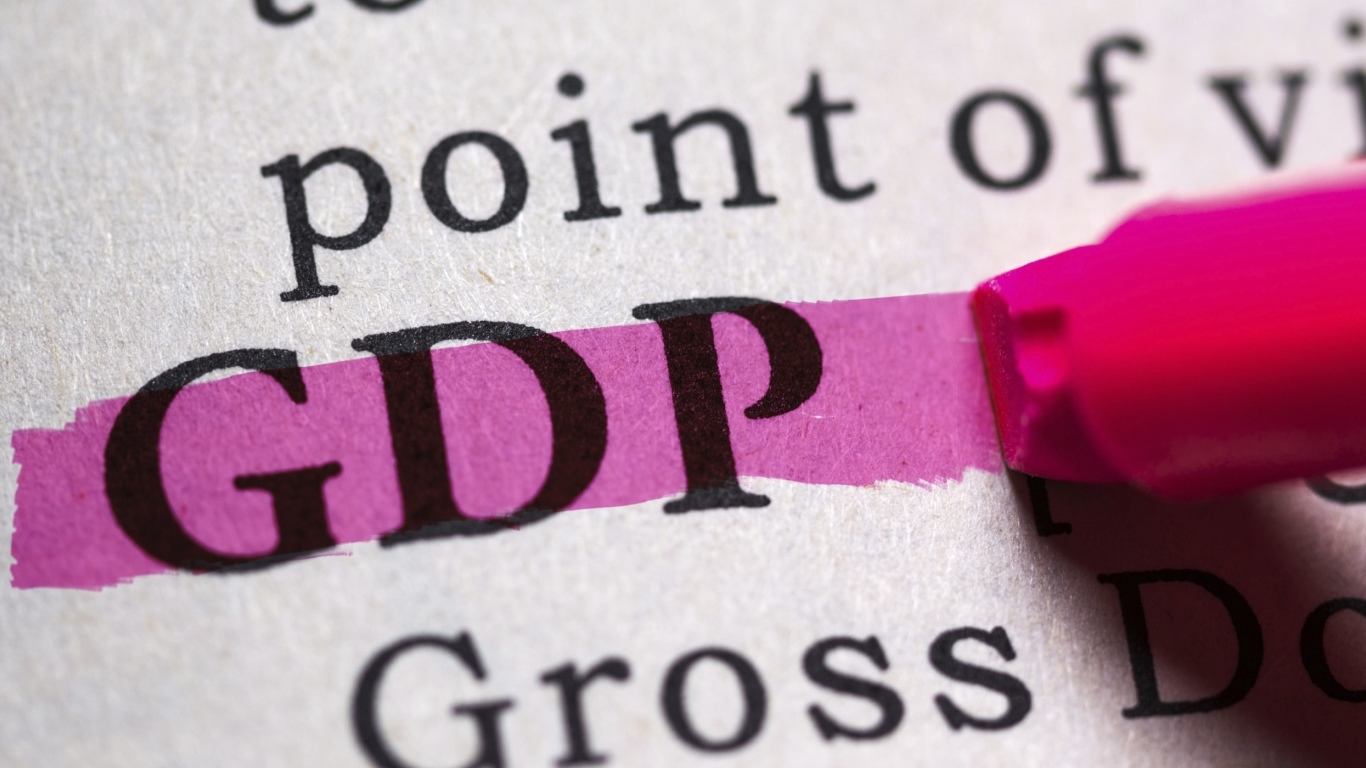Economy
Second Quarter GDP Stronger Than Expected as Consumers Show Strength

Published:
Last Updated:

The Commerce Department reported on Friday that the domestic economy grew at a rate of 2.1% in the second quarter of 2019. The better-than-expected report on Gross Domestic Product (GDP) was better than the 2.0% consensus estimate published by the Wall Street Journal and was better than other consensus estimates of 1.9%.
With roughly 70% of GDP now coming from consumer spending of some sort, strong buying overcame weaker business investment. While the pace was slower than the first quarter’s 3.1% gain, nonresidential fixed investments fell by 0.6% in the second quarter after having risen by 4.4% in the first quarter.
Consumer spending’s gain was up 4.3% in the second quarter versus a 1.1% gain in the first quarter.
Underlying demand remained firm with sales to private domestic buyers up 3.2%. Government spending also added some juice to GDP, with growth of 5.0% on an annualized rate in the second quarter.
Current-dollar GDP increased 4.6%, or $239.1 billion, to a level of $21.34 trillion in the second quarter. In the first quarter, current-dollar GDP increased by 3.9%, or $201.0 billion. The price index for gross domestic purchases increased by 2.2% in the second quarter, after an increase of 0.8% in the first quarter.
While this GDP report was better than expected, it will get one revision in a month and a second revision in roughly two months. The GDP report may be stronger than expected, but it’s not weak enough nor strong enough to likely create any serious fear and panic for the markets on Friday ahead of next week’s decision on interest rates by the Federal Reserve.
The Dow and S&P 500 indexes were both indicated to open up 0.3% on Friday, while the yield on the 10-year Treasury note was up over 2 basis points at 2.075%.
The last few years made people forget how much banks and CD’s can pay. Meanwhile, interest rates have spiked and many can afford to pay you much more, but most are keeping yields low and hoping you won’t notice.
But there is good news. To win qualified customers, some accounts are paying almost 10x the national average! That’s an incredible way to keep your money safe and earn more at the same time. Our top pick for high yield savings accounts includes other benefits as well. You can earn up to 3.80% with a Checking & Savings Account today Sign up and get up to $300 with direct deposit. No account fees. FDIC Insured.
Click here to see how much more you could be earning on your savings today. It takes just a few minutes to open an account to make your money work for you.
Thank you for reading! Have some feedback for us?
Contact the 24/7 Wall St. editorial team.